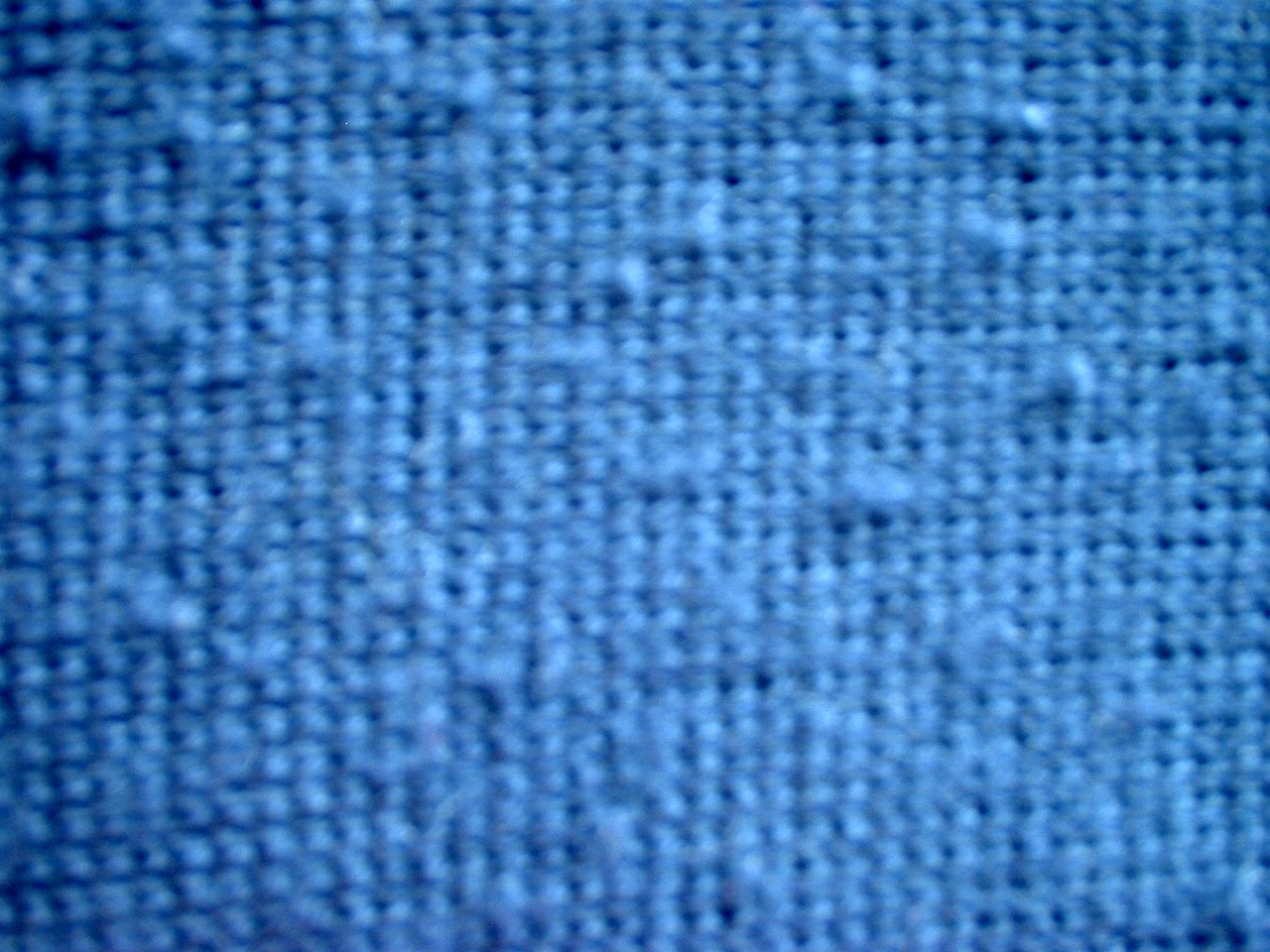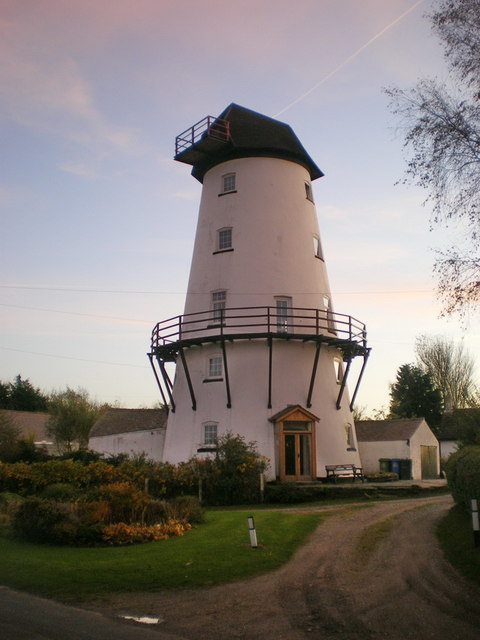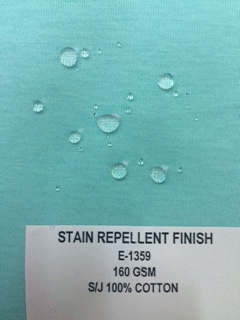|
Pill (textile)
A pill, colloquially known as a bobble, fuzzball, or lint ball, is a small ball of fibers that forms on a piece of cloth. ''Pill'' is also a verb for the formation of such balls."Pill." ''The Oxford English Dictionary''. 2nd ed. 1989. Pilling is a surface defect of textiles caused by wear, and is generally considered an undesirable trait. It happens when washing and wearing of fabrics causes loose fibers to begin to push out from the surface of the cloth, and, over time, abrasion causes the fibers to develop into small spherical bundles, anchored to the surface of the fabric by protruding fibers that haven't broken. The textile industry divides pilling into four stages: fuzz formation, entanglement, growth, and wear-off. Pilling normally happens on the parts of clothing that receive the most abrasion in day-to-day wear, such as the Collar (clothing), collar, cuffs, and around the thighs and Buttocks, rear on trousers. Causes All fabrics pill to some extent, although fibers such a ... [...More Info...] [...Related Items...] OR: [Wikipedia] [Google] [Baidu] |
Pilling
Pilling is a village and civil parish within the Borough of Wyre, Wyre borough of Lancashire, England. It is north-northeast of Poulton-le-Fylde, south-southwest of Lancaster, Lancashire, Lancaster and northwest of Preston, Lancashire, Preston, in a part of the Fylde known as Over Wyre. The civil parish of Pilling, which includes the localities of Stake Pool, Scronkey and Eagland Hill, had a total resident population of 1,739 in 2001, increasing to 2,020 at the 2011 Census. Populations in the 19th century ranged from 1,281 in 1851 to 1,572 in 1871. Etymology Eilert Ekwall suggests the name is Common Brittonic, Celtic, linking it with the Welsh toponymy, Welsh place-name element Pil (placename), "Pîl" (rendered as Pyl in Old English). This etymology would suggest the settlement started as a tidal inlet used as a harbour. Ekwall suggested the geography of Pilling may be "accurately described as a pill". The name appears as ''Pylin'' in 1246 and, if the name is indeed Celt ... [...More Info...] [...Related Items...] OR: [Wikipedia] [Google] [Baidu] |
Weaving
Weaving is a method of textile production in which two distinct sets of yarns or threads are interlaced at right angles to form a fabric or cloth. Other methods are knitting, crocheting, felting, and braiding or plaiting. The longitudinal threads are called the warp and the lateral threads are the weft, woof, or filling. (''Weft'' is an Old English word meaning "that which is woven"; compare ''leave'' and ''left''.) The method in which these threads are interwoven affects the characteristics of the cloth. Cloth is usually woven on a loom, a device that holds the warp threads in place while filling threads are woven through them. A fabric band that meets this definition of cloth (warp threads with a weft thread winding between) can also be made using other methods, including tablet weaving, back strap loom, or other techniques that can be done without looms. The way the warp and filling threads interlace with each other is called the weave. The majority of woven products a ... [...More Info...] [...Related Items...] OR: [Wikipedia] [Google] [Baidu] |
Pile (textile)
Pile is the raised surface or nap of a fabric, consisting of upright loops or strands of yarn."Pile." ''The Oxford English Dictionary''. 2nd ed. 1989. Examples of pile textiles are carpets, corduroy, velvet, plush, and Turkish towels. The word is derived from Latin ''pilus'' for "hair". " Online Etymology Dictionary. Douglas Harper, Historian. retrieved from 10 September 2007. Length and density The surface and the yarn in these fabrics are also called "pile". In particular "pile length" or "pile depth" refer to the length of the yarn strands (half-length of the loops). Pile length affects and is affected by |
Nap (textile)
Primarily, nap is the raised (fuzzy) surface on certain kinds of cloth, such as velvet or moleskin. Nap can refer additionally to other surfaces that look like the surface of a napped cloth, such as the surface of a felt or beaver hat. Starting around the 14th century, the word referred originally to the roughness of weaving, woven cloth before it was Shearing (textiles), sheared."nap". ''The Oxford English Dictionary''. 2nd ed. 1989. When cloth, especially woollen cloth, is woven, the surface of the cloth is not smooth, and this roughness is the nap. Generally the cloth is then "sheared" to create an even surface, and the nap is thus removed. A person who trimmed the surface of cloth with shears to remove any excess nap was known as a shearman. Piled nap Since the 15th century, the term ''nap'' has generally referred to a special pile (textile), pile given to the cloth. The term ''pile'' refers to raised fibres that are there on purpose, rather than as a by-product of producing ... [...More Info...] [...Related Items...] OR: [Wikipedia] [Google] [Baidu] |
Before And After Shaving (BP), a timescale used mainly in geo ...
Before is the opposite of after, and may refer to: * ''Before'' (Gold Panda EP), 2009 * ''Before'' (James Blake EP), 2020 * "Before" (song), a 1996 song by the Pet Shop Boys * "Before", a song by the Empire of the Sun from ''Two Vines'' * "Before", a song by Anastacia from ''Evolution'' * "Before" (short story) by Gael Baudino * The Before film trilogy by Richard Linklater ** ''Before Sunrise'', 1995 ** ''Before Sunset'', 2004 ** ''Before Midnight'' (2013 film) See also *Before Christ (BC), an epoch used in dating years prior to the estimated birth of Jesus *Before Common Era (BCE), an alternative naming of the traditional calendar era primarily used in academic circles *Before Present Before Present (BP) years, or "years before present", is a time scale used mainly in archaeology, geology and other scientific disciplines to specify when events occurred relative to the origin of practical radiocarbon dating in the 1950s. Becaus ... [...More Info...] [...Related Items...] OR: [Wikipedia] [Google] [Baidu] |
Hydrophilic
A hydrophile is a molecule or other molecular entity that is attracted to water molecules and tends to be dissolved by water.Liddell, H.G. & Scott, R. (1940). ''A Greek-English Lexicon'' Oxford: Clarendon Press. In contrast, hydrophobes are not attracted to water and may seem to be repelled by it. Hygroscopics ''are'' attracted to water, but are not dissolved by water. Molecules A hydrophilic molecule or portion of a molecule is one whose interactions with water and other polar substances are more thermodynamically favorable than their interactions with oil or other hydrophobic solvents. They are typically charge-polarized and capable of hydrogen bonding. This makes these molecules soluble not only in water but also in other polar solvents. Hydrophilic molecules (and portions of molecules) can be contrasted with hydrophobic molecules (and portions of molecules). In some cases, both hydrophilic and hydrophobic properties occur in a single molecule. An example of these amphiph ... [...More Info...] [...Related Items...] OR: [Wikipedia] [Google] [Baidu] |
Stain Repellent
A stain repellent is a product added to fabric in order to prevent stains. Stains Stains on fabrics are classified into three types: water-based stains and oil-based stains or a mix of both. Stain repellant fabrics Fabrics are finished with certain finishes that do not allow unwanted stains or that will wash out in simple laundry. Chemicals Mostly larger PFCAs such as perfluorooctanoic acid (PFOA) are used in stain repellancy. It is also known colloquially as C8. PFOA is a product of health concern and subject to regulatory action and voluntary industrial phase-outs. Alternative chemistry There are chemicals which are based on C8 free chemistry that may be used as an alternative to PFOA, but those are less durable. See also *Fluorosurfactant *Perfluorobutanesulfonic acid *Perfluorooctanesulfonic acid *Scotchgard Scotchgard is a 3M brand of products, a stain and durable water repellent applied to fabric, furniture, and carpets to protect them from stains. Scotchg ... [...More Info...] [...Related Items...] OR: [Wikipedia] [Google] [Baidu] |
Textile Manufacturing
Textile Manufacturing or Textile Engineering is a major industry. It is largely based on the conversion of fibre into yarn, then yarn into fabric. These are then dyed or printed, fabricated into cloth which is then converted into useful goods such as clothing, household items, upholstery and various industrial products. Different types of fibres are used to produce yarn. Cotton remains the most widely used and common natural fiber making up 90% of all-natural fibers used in the textile industry. People often use cotton clothing and accessories because of comfort, not limited to different weathers. There are many variable processes available at the spinning and fabric-forming stages coupled with the complexities of the finishing and colouration processes to the production of a wide range of products. History Textile manufacturing in the modern era is an evolved form of the art and craft industries. Until the 18th and 19th centuries, the textile industry was a household work. ... [...More Info...] [...Related Items...] OR: [Wikipedia] [Google] [Baidu] |
Cellulase
Cellulase (EC 3.2.1.4; systematic name 4-β-D-glucan 4-glucanohydrolase) is any of several enzymes produced chiefly by fungi, bacteria, and protozoans that catalyze cellulolysis, the decomposition of cellulose and of some related polysaccharides: : Endohydrolysis of (1→4)-β-D-glucosidic linkages in cellulose, lichenin and cereal β-D-glucan The name is also used for any naturally occurring mixture or complex of various such enzymes, that act serially or synergistically to decompose cellulosic material. Cellulases break down the cellulose molecule into monosaccharides ("simple sugars") such as β-glucose, or shorter polysaccharides and oligosaccharides. Cellulose breakdown is of considerable economic importance, because it makes a major constituent of plants available for consumption and use in chemical reactions. The specific reaction involved is the hydrolysis of the 1,4-β-D-glycosidic linkages in cellulose, hemicellulose, lichenin, and cereal β-D-glucans. Because cell ... [...More Info...] [...Related Items...] OR: [Wikipedia] [Google] [Baidu] |
Polymeric Surface
Polymeric materials have widespread application due to their versatile characteristics, cost-effectiveness, and highly tailored production. The science of polymer synthesis allows for excellent control over the properties of a bulk polymer sample. However, surface interactions of polymer substrates are an essential area of study in biotechnology, nanotechnology, and in all forms of coating applications. In these cases, the surface characteristics of the polymer and material, and the resulting forces between them largely determine its utility and reliability. In biomedical applications for example, the bodily response to foreign material, and thus biocompatibility, is governed by surface interactions. In addition, surface science is integral part of the formulation, manufacturing, and application of coatings. __TOC__ Chemical methods A polymeric material can be functionalized by the addition of small moieties, oligomers, and even other polymers (grafting copolymers) onto the ... [...More Info...] [...Related Items...] OR: [Wikipedia] [Google] [Baidu] |
Manufacturing Process
Manufacturing is the creation or production of goods with the help of equipment, labor, machines, tools, and chemical or biological processing or formulation. It is the essence of secondary sector of the economy. The term may refer to a range of human activity, from handicraft to high-tech, but it is most commonly applied to industrial design, in which raw materials from the primary sector are transformed into finished goods on a large scale. Such goods may be sold to other manufacturers for the production of other more complex products (such as aircraft, household appliances, furniture, sports equipment or automobiles), or distributed via the tertiary industry to end users and consumers (usually through wholesalers, who in turn sell to retailers, who then sell them to individual customers). Manufacturing engineering is the field of engineering that designs and optimizes the manufacturing process, or the steps through which raw materials are transformed into a final product. ... [...More Info...] [...Related Items...] OR: [Wikipedia] [Google] [Baidu] |
Twist Per Inch
TPI (twists per inch or turns per inch) is a term used in the textile industry. It measures how much twist a yarn has,Kadolph, Sara J., ed.: ''Textiles'', 10th edition, Pearson/Prentice-Hall, 2007, , p. 197 and can be calculated by counting the number of twists in an inch of yarn. Variation per yarn Twist is needed in yarn to hold the fibres together, and is added in the spinning and plying processes. The amount of twist varies depending on the fibre, thickness of yarn, preparation of fibre, manner of spinning, and the desired result. Fine wool and silk generally use more twist than coarse wool, short staples more than long, thin more than thick, and short drawn more than long drawn. The amount of twist in a yarn helps to define the style of yarn – a yarn with a lot of air such as a woollen-spun yarn will have much less twist than a yarn with little air such as a worsted-spun yarn. The amount of twist also affects the yarn in terms of stretchiness, strength, halo, and many ot ... [...More Info...] [...Related Items...] OR: [Wikipedia] [Google] [Baidu] |





